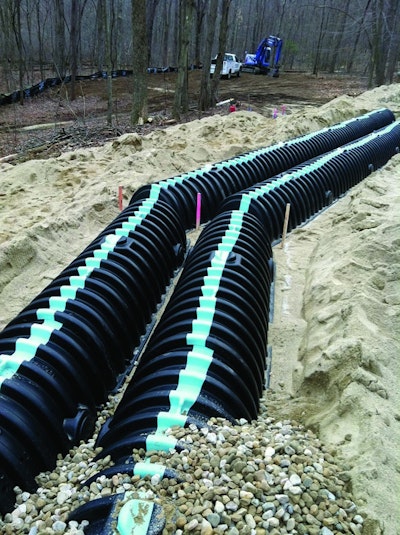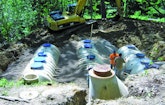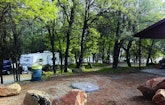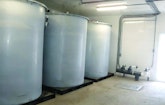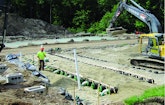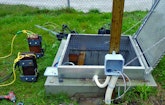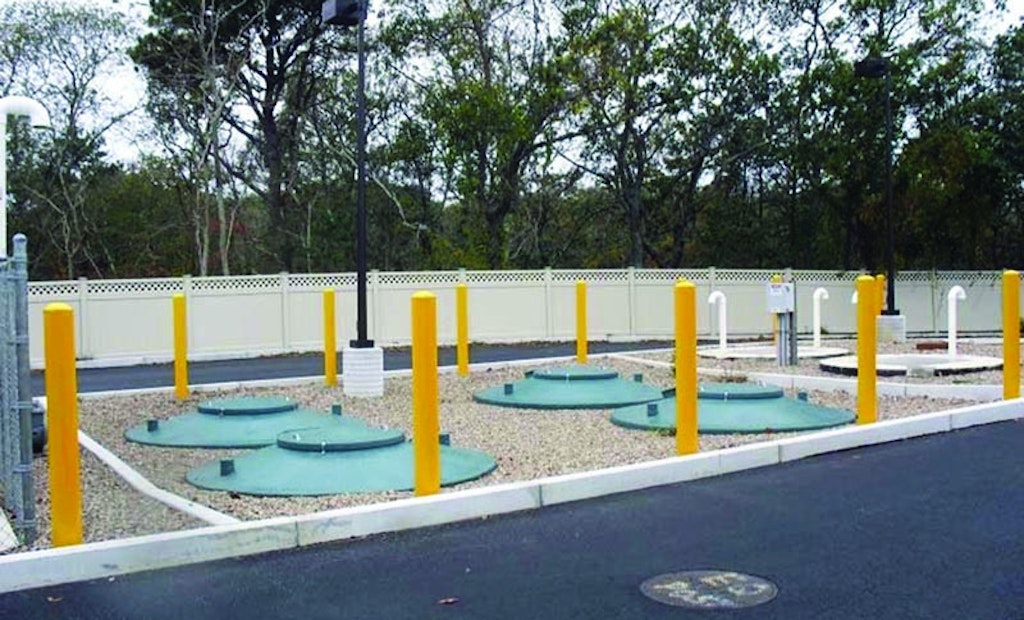System provides treatment for new commercial plaza
Problem: When a developer wanted to build a new commercial plaza in Orleans, Mass., adjacent to the town’s off-ramp from the Mid-Cape Highway, the Massachusetts Department of Environmental Protection required that a wastewater...
